Knowing the basic facts of first aid can literally help you save lives, including yours. When you find yourself in the middle of an emergency situation, it is best to know how to assess a situation, what you can do to help, and even to know the difference between what helps and what does not help. Let’s say a simple gauze is usually more effective than a tourniquet when it comes to bleeding.
We always want you to be up to date on how to take care of yourself, so we’ve put together some quick first aid tips that could one day save your life.
Must-Know First Aid Tips
1. Wounds
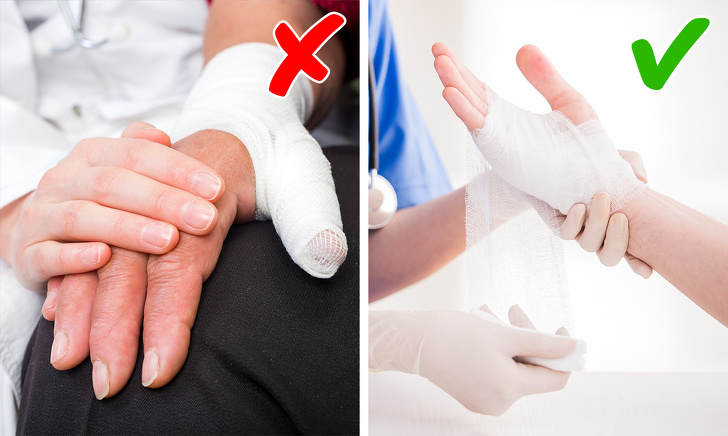
Whenever you are dealing with a wound, always try to raise it above your heart level. This relieves swelling and helps drain fluid from the area. If your wound is on your hips or buttocks, lie down and elevate it with pillows.
If you cannot elevate the wound, try to keep it as close to the heart or as possible.
2. First Degree Burns
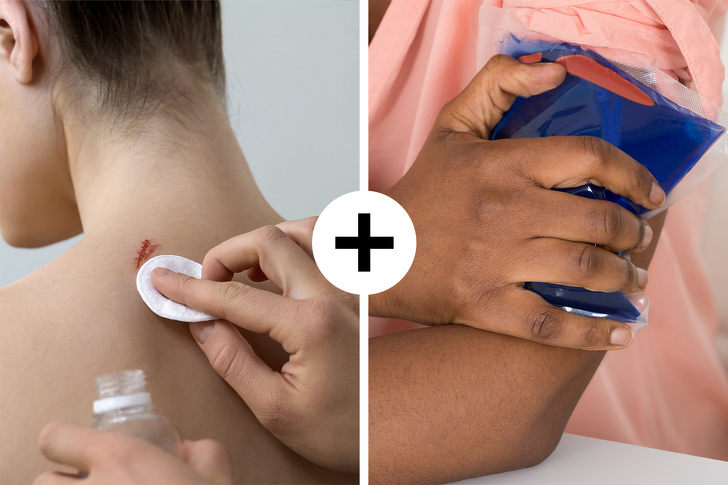
First-degree burns, also known as superficial burns, affect only the top layer of the skin. Although they might be painful, they are not serious. To treat them, wash the wound with lukewarm water.
Although ice water may seem more obvious, it can actually cause more tissue damage. After cleaning the burn, apply an ice pack or cold compress.
Using butter or fat is an ancient folk remedy, but it can actually do more damage to the wound because it slows heat release. A paste made by mixing water and baking soda can also help release the heat from the burn.
3. Heart Attacks
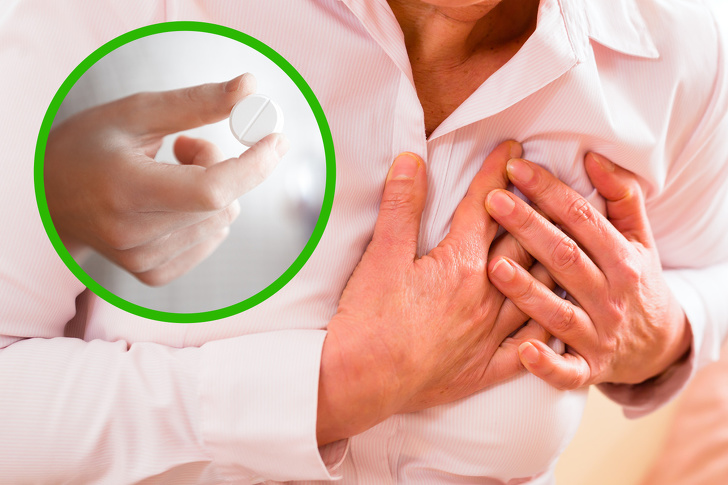
When it comes to heart attacks, early intervention helps limit the damage. Chewing aspirin can help, as it will inhibit the blood platelets that cause blood to clot, which is what blocks the arteries.
When taking aspirin, it is important to take small doses and chew the pill instead of swallowing it or taking it with water, as this will help you work faster. Try to contact the emergency services as soon as possible.
4. Bee Stings
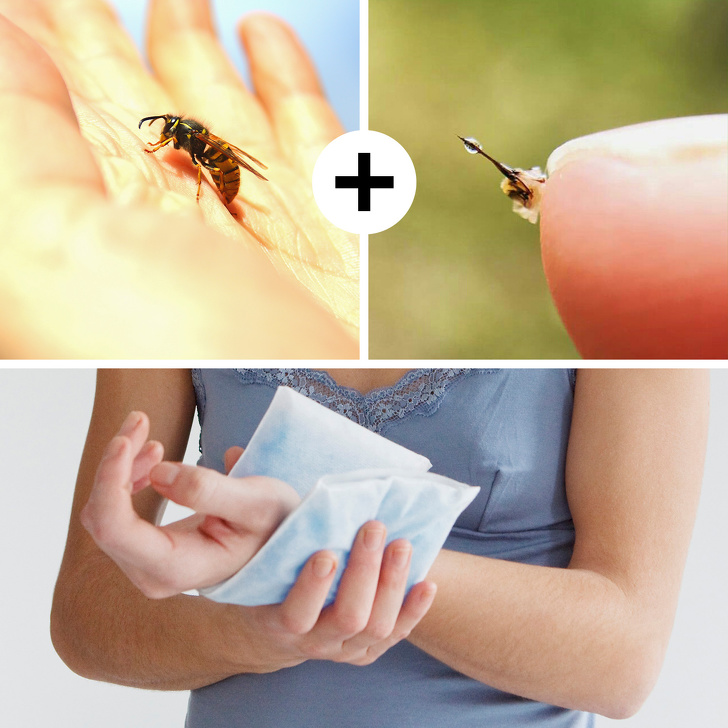
If you are stung by a bee, you must remove the stinger. While removing the stinger from the skin is believed to minimize venom, timing is most important. You should remove the stinger as soon as possible by scratching, tweezing, or pulling it out.
When a bee loses its sting, it releases a scent that attracts other bees to the area, which is likely to leave it out of defense.
After removing the stinger and leaving the area, wash the wound and apply a cold compress. If you are allergic, try to have an autoinjector or EpiPen on hand and contact emergency services as soon as possible.
5. Fractures
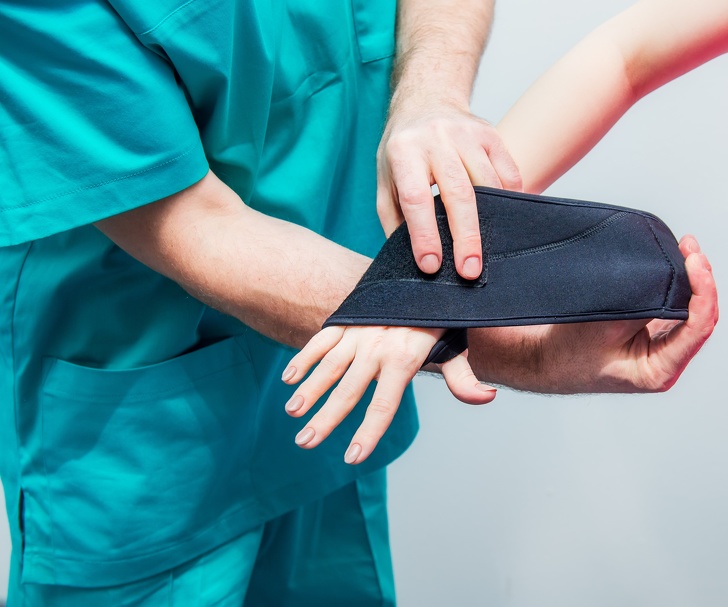
When it comes to fractures, don’t try to straighten the wound, but keep the limb stabilized and immobile with a splint and padding. The important thing is to keep it in the same position.
Although a fracture can be a simple dislocation or sprain, you should always seek medical treatment to make sure the injury is not more serious or to avoid causing further injury.
6. Eye Injuries
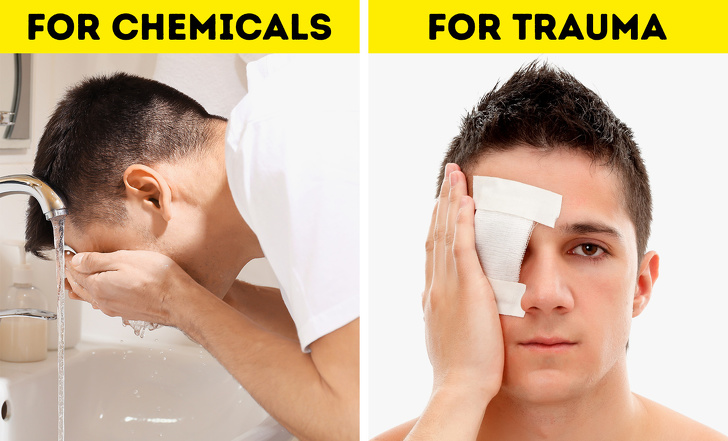
When you hurt yourself, the first thing you should do is clean the wound. However, when you hurt your eyes, the most important thing is to cover your eyes and seek help.
By trying to clean your eyes yourself you could risk hurting yourself even further. The main exception to this rule is when chemicals enter your eye; in that case, you should wash it with water immediately.
7. Splinters
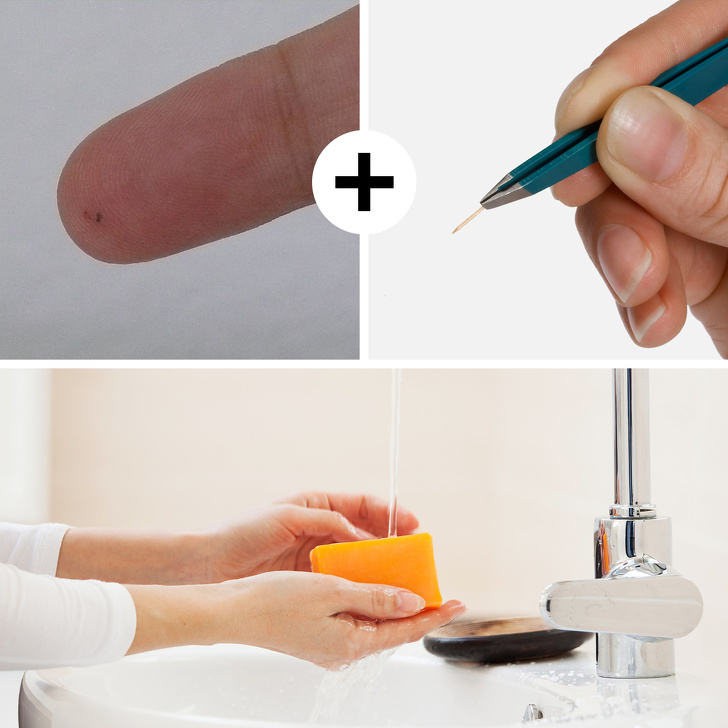
The splinters are full of germs and can easily infect open skin; always remember to remain sterile when dealing with them. If you have a completely embedded sliver in your skin, first clean the area with an antiseptic and then remove the sliver with a sterile needle with boiling water.
Once evicted, you can remove the splinter the tweezers. Then wash the area with soap and water.
8. Snake Bites
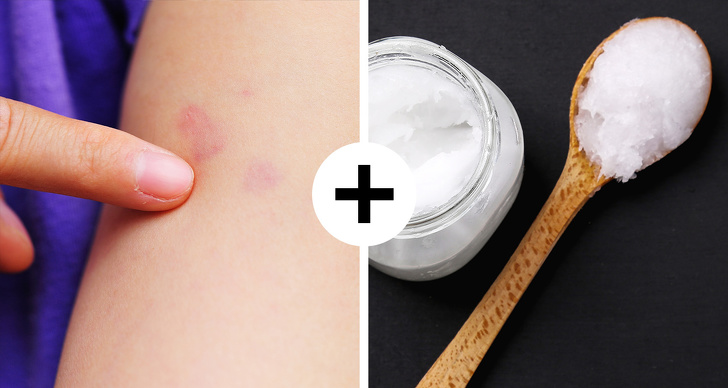
In television shows and movies, when someone is bitten by a poisonous snake, their first reaction is to suck the venom out. Realistically, the poison has already entered the victim’s bloodstream, so that doesn’t help. When you get a snake bite, the most important thing is to relax.
You must keep your heart rate low to slow the spread of the poison. Similarly, taking pain relievers can actually thin the blood and make the poison work faster.
Contact medical services immediately to obtain the appropriate anti-poison; If you need to move for help, walk, don’t run, to stay calm. If possible, apply coconut oil to the wound, as it can help fight bacteria and parasites and bandage the area.
9. Jellyfish Stings
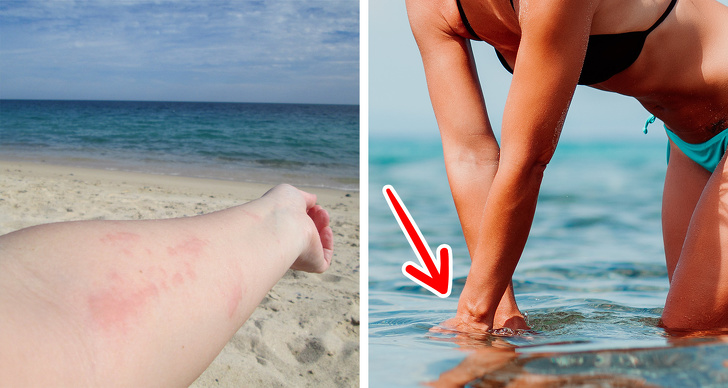
Nothing can ruin a good day at the beach like a jellyfish sting. You can try to rinse the wound with salt water. You can also rinse with hot water, vinegar, or cover the wound with a solution of baking soda and water. Activated charcoal can also help extract venom from jellyfish.
You may have heard the popular urban legend that urine can be used to treat jellyfish stings. Realistically, urine generally does not have enough acid to neutralize the poison. While there are claims that urine can reduce pain, hot water is just as effective.
10. Scars
When you get hurt, you can worry about having an unpleasant scar, but there are some steps you can take to prevent a scar from forming. Baking soda has to disinfect properties that help prevent scar formation, can remove a hardened bark, and even prevent infection.
When treating a scar with baking soda, it is also important to allow the wound to be exposed to the open air. Additionally, baking soda can also be mixed with water to form an antiseptic.
11. Obstructed Breathing

If someone has stopped breathing, there is usually a blockage in the airways. Turn the person onto their back, check their mouth, and remove anything that may block their breathing, including liquids.
To open the airways, tilt the head and lift the chin, placing your hand near the top of the head or forehead.
Alternatively, you can perform what is called a “jaw thrust” by placing your fingers under the jaw and pushing the jaw upward without moving your neck to open the mouth.
This lifts the tongue away from the airway and helps reduce air blockage. After that, tilt the head until the airway opens.
How To Remove Bandages From Skin Safely
First aid isn’t just important when you hurt yourself, but also during the healing process. To keep it especially safe, dissolve the adhesive by covering the area with baby oil, alcohol, or even warm water.
You can also freeze the area with ice cubes. Despite the temptation to remove it, it is also important that the wound is removed slowly, as you risk tearing a scab or reopening a cut.
What are some simple first aid tips to use when you or someone you know is hurt? Share with us in the comments!

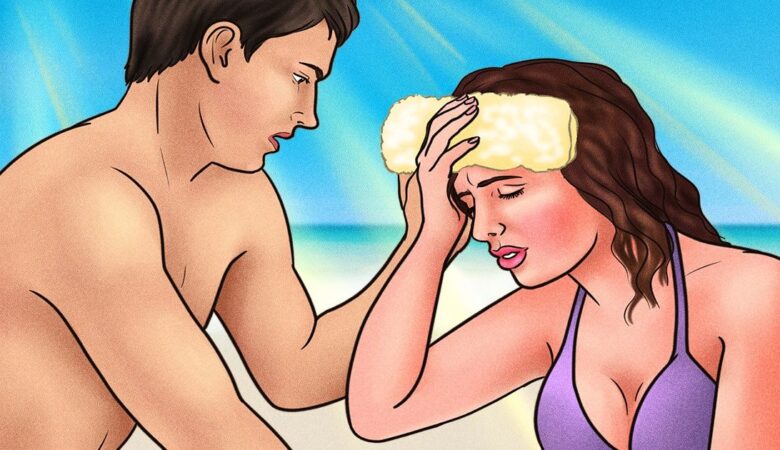

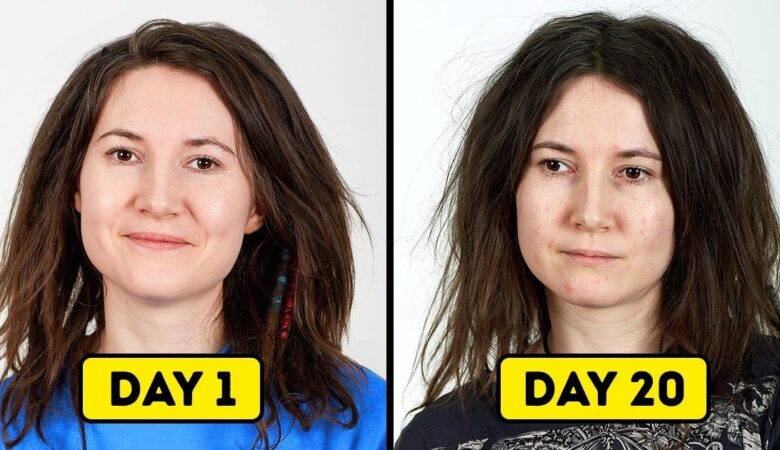
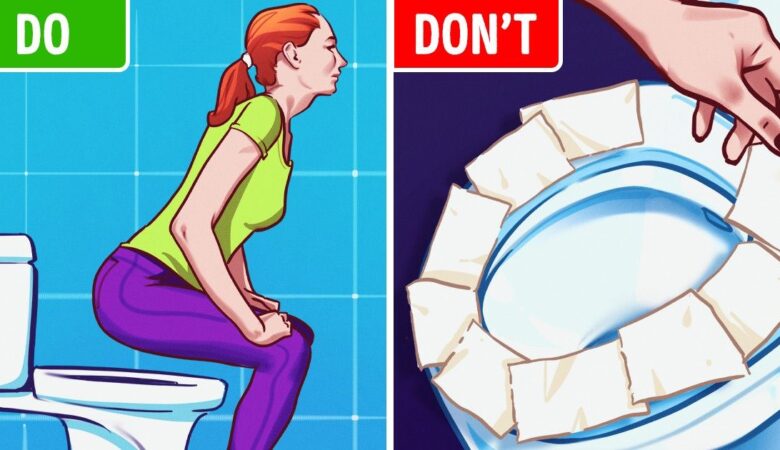




Leave a Reply